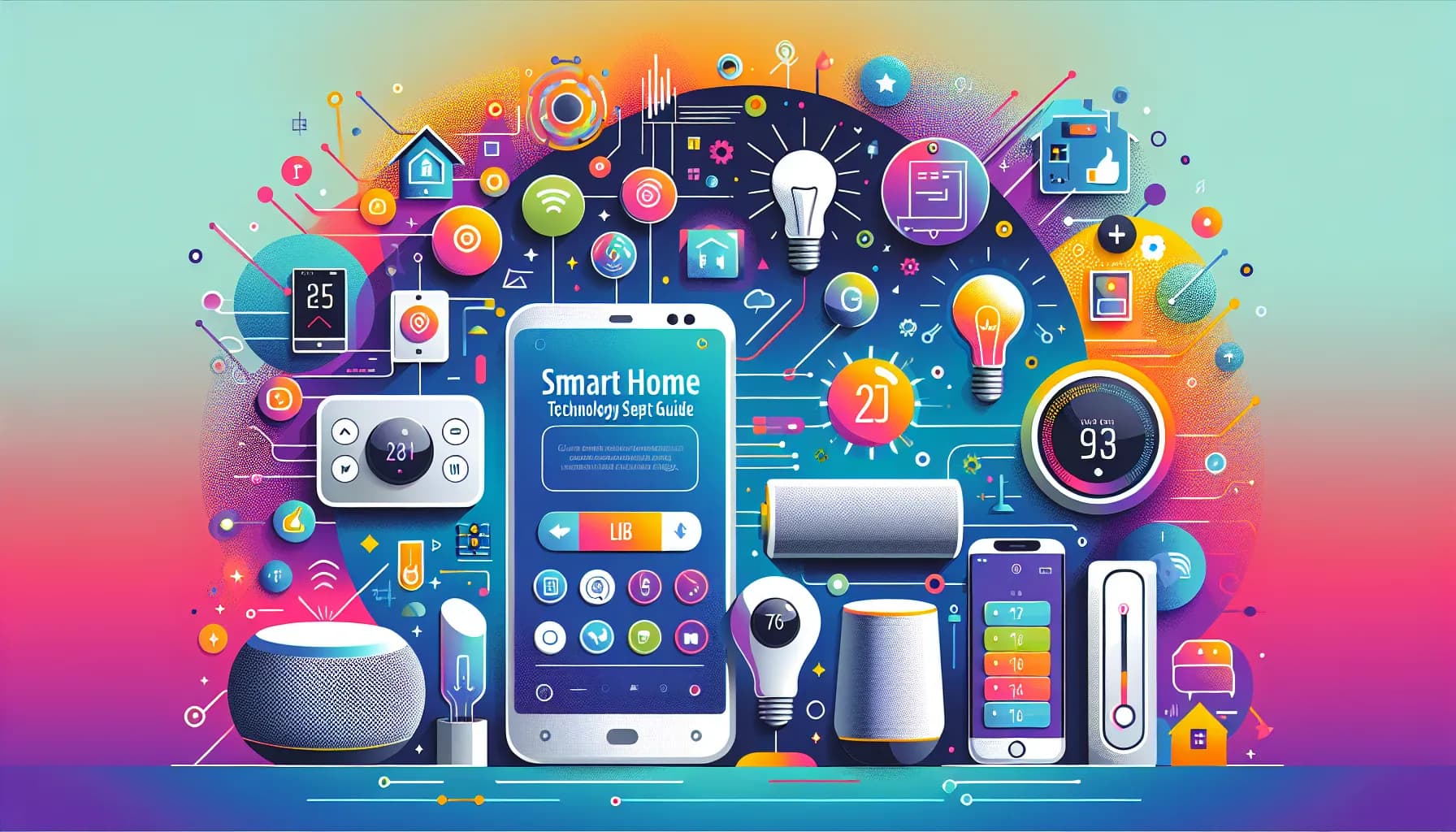
Colorful illustration of a connected smart home ecosystem with various IoT devices and mobile control apps
Setting up a smart home is a journey towards modern living, ensuring enhanced convenience, security, and energy management. The journey begins with a well-thought-out plan that includes assessing the home layout and setting a tailored budget. Following this, identifying the most critical needs—whether that's for entertainment, security, or convenience—is crucial.
Essential smart devices like smart speakers, lighting, thermostats, and security cameras form the backbone of a basic smart home setup. Installation requires fundamental tools and knowledge to synchronize each device perfectly with your home's Wi-Fi and to create a seamless network of responsive technology.
Advanced integration involves fine-tuning elements such as voice commands, automated routines based on time or activity, and enhancing entertainment and energy efficiency. Additionally, maintaining the system through regular updates and troubleshooting common issues like connectivity drops or app malfunctions ensures long-term functionality and satisfaction.